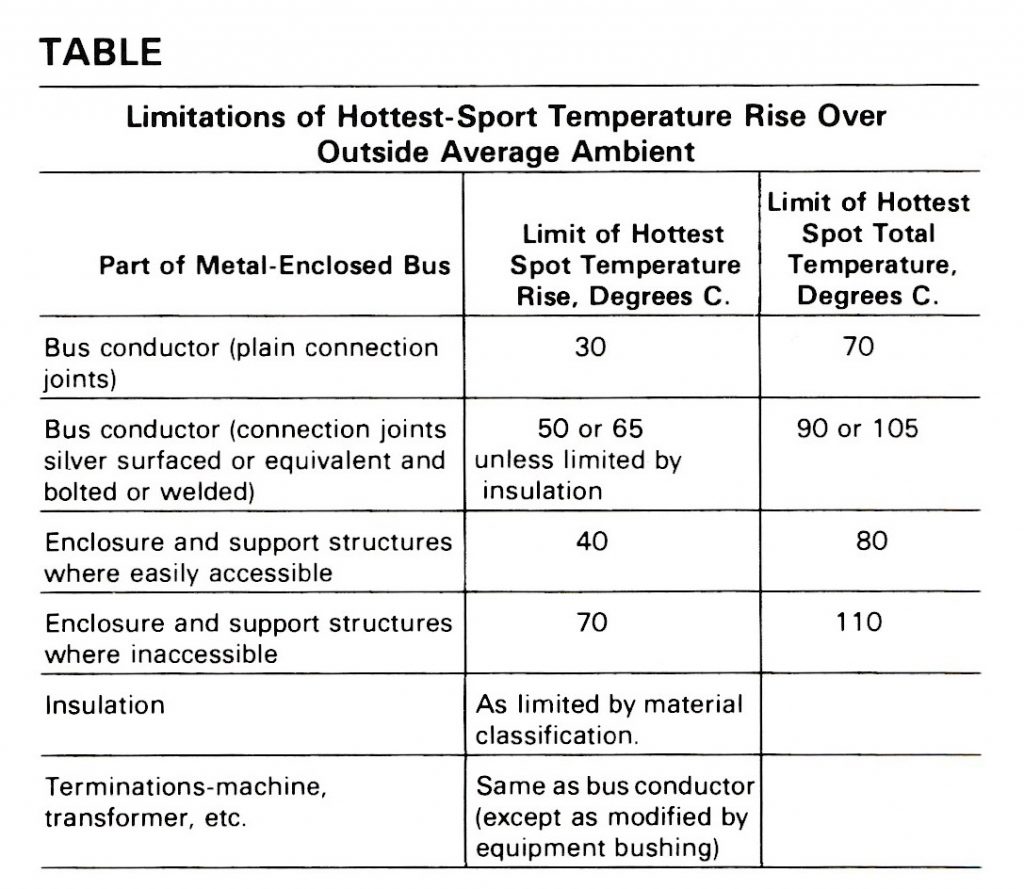11 KV to 36 KV through 40,000 A
The rating of a bus structure is a designated limit of operating characteristics based upon definite conditions. The rating of a bus structure includes the following items:
RATE VOLTAGE
The rated voltage of a bus structure is the highest nominal system voltage at which it is designed to operate.
RATE FREQUENCY
The rate frequency of a bus structure is the frequency at which it is designed to operate.
RATED CONTINUOUS CURRENT
The rated continuous current of a bus structure is the current in amperes at a rated frequency, which it will carry continuously without exceeding the limit of a specific temperature rise.
RATED MOMENTARY CURRENT
The rated momentary current of a bus structure, (or rms) is the total current which the bus will be required to carry.
WITHSTAND-TEST VOLTAGE
A withstand-test voltage is a voltage which a bus structure must withstand, without flash-over or other electrical failure, when the voltage is applied under specific conditions. For low frequency voltage, the values are expressed in rms, and are for a specific time. For impulse voltage, the values are expressed in crest of a specified wave.
AMBIENT TEMPERATURE
Standard bus structure is suitable for operation where the ambient temperature does not exceed 40 degrees C.
ENVIRONMENTAL LIMITATIONS OR UNUSUAL SERVICE CONDITIONS
Temperature
Where the ambient air temperature is higher than 40 degrees C or lower than minus 30 degrees C, the application is considered special.
Effect of Solar Radiation
For general information regarding the effect of solar radiation on an outdoor metal enclosed bus, see ANSI C37.24
Limitations of Hottest Sport Temperature Rise Over Outside Average Ambient.
UNUSUAL SERVICE CONDITIONS
These are conditions which may require special construction. If special construction is required, the conditions should be brought to the attention of the manufacturer.
Among the unusual conditions are:
- High or Low Ambiance
- High altitude
- Frequencies other than 60 Hertz
- Exposure to damaging fumes, gases, vapors, etc.
- Exposure to excessive moisture, dripping water, steam, etc.
- Exposure to excessive dust, explosive dust, etc.
- Exposure to weather, salt, air, etc.
- Exposure to abnormal vibrations, shocks, etc.
- Unusual space limitations
- Unusual insulation requirements
